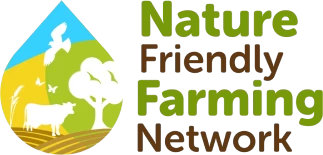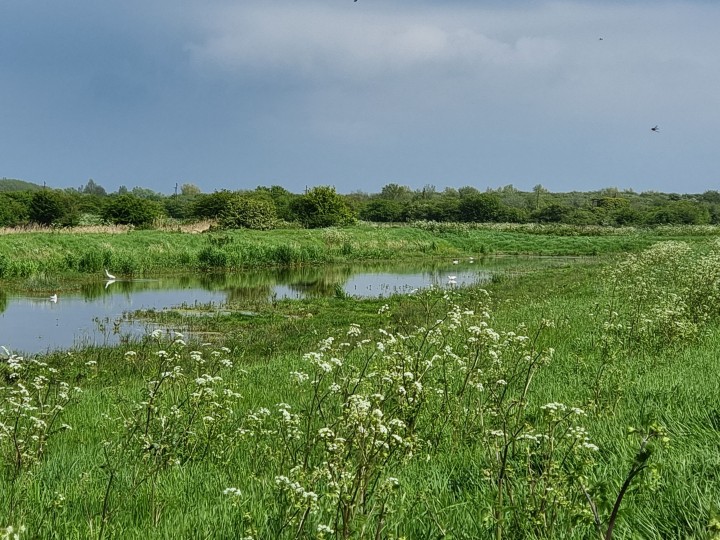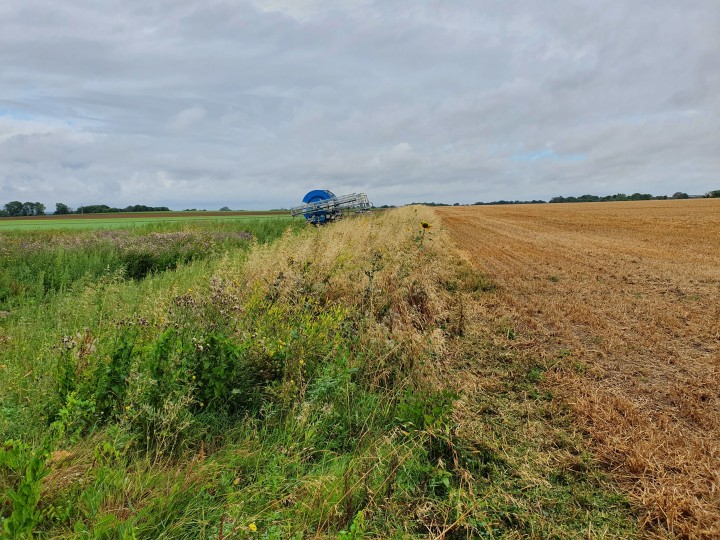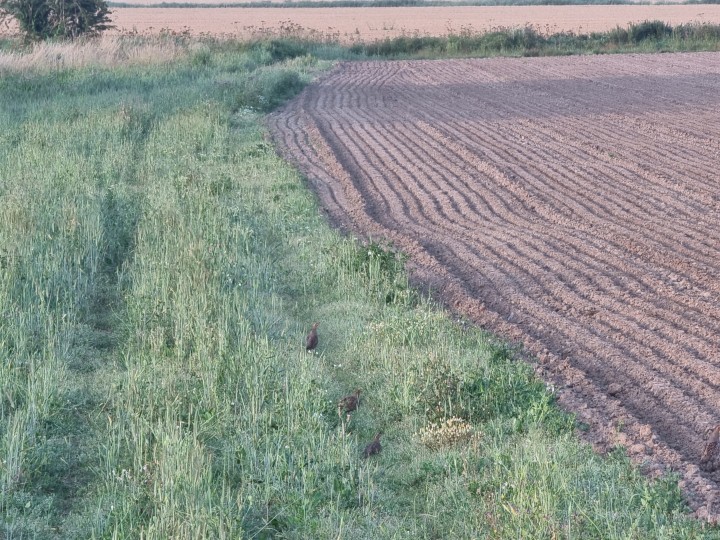Pippa Southorn is transforming 900 acres of marshy, low-lying land on the Isle of Thanet, Kent, with a nature-friendly approach that marries agriculture with biodiversity. She's ensuring this vital landscape thrives, stays profitable, and is ready to meet tomorrow's challenges.
Abbey Farm consists of 900 acres of low-lying, flat arable land on the Isle of Thanet in Kent, split roughly half and half between marshland and loamy soil. Re-connected to the mainland when the Wantsum Channel silted up, the island still holds water and land in a delicate balance. This rich landscape is ideal for growing crops and serves as a sanctuary for wildlife. As development continues to encroach on Thanet to meet the South East’s growing population, places like Abbey Farm - where nature and food production coexist - are more valuable than ever.
Ironically, the future of the farm rests in the hands of two people who grew up on farms but never planned on farming as a career - Pippa Southorn and her husband James. Farming runs deep in Pippa’s family, with her grandfather farming in Lincolnshire before relocating to Romney Marsh in Kent. However, Pippa's return to Abbey Farm stems from a tragic turn of events. After her brother was killed in a farm accident and her older sister chose not to continue farming, Pippa left her advertising career in London to return to Abbey Farm and work alongside her father until his passing.





